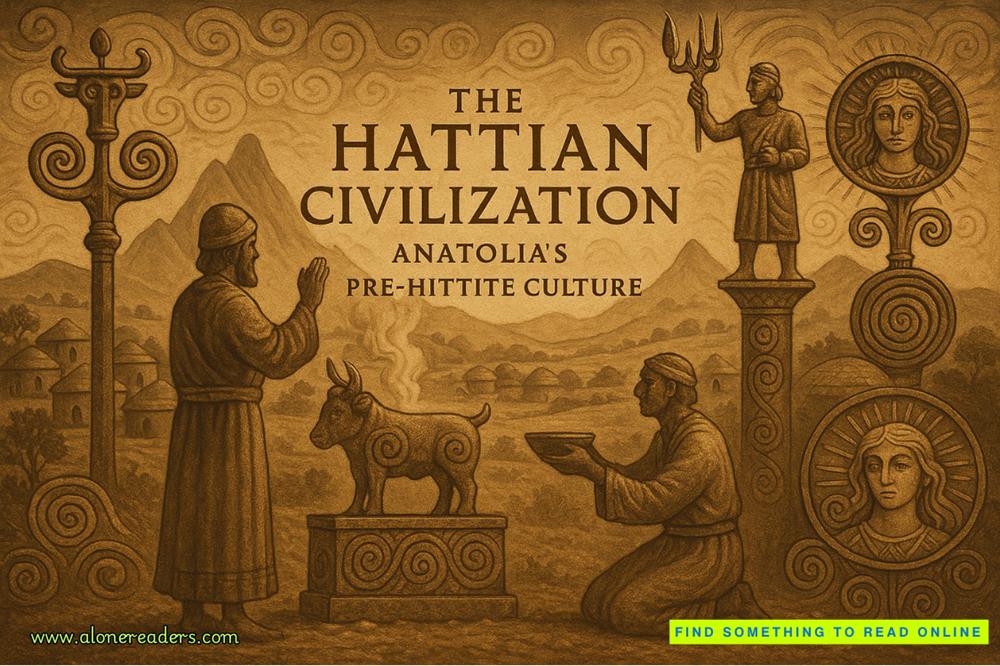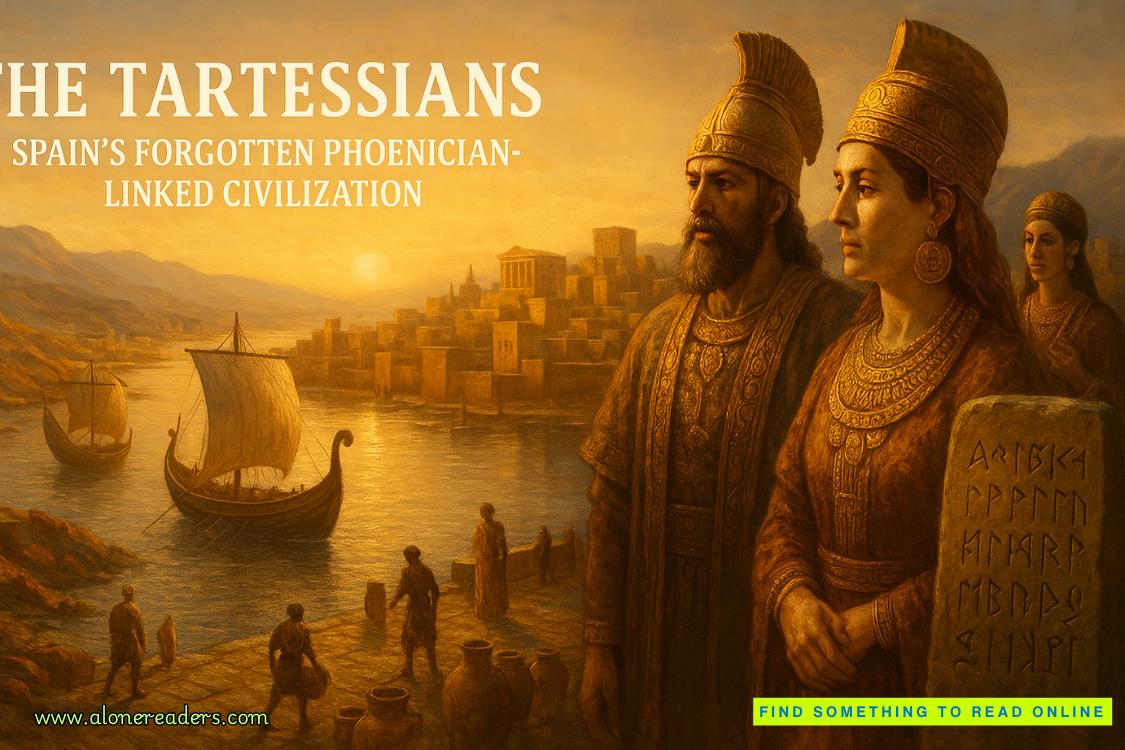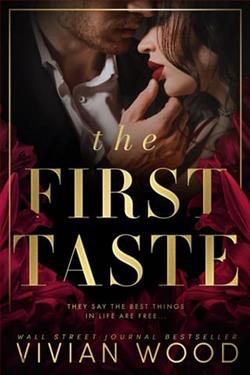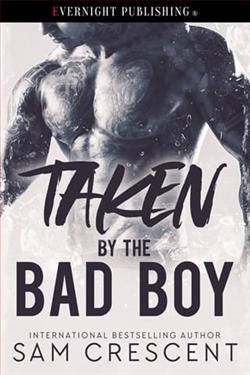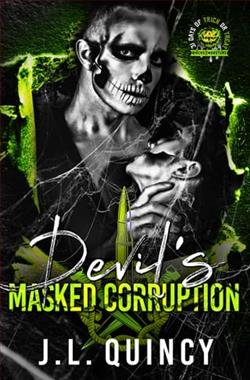Page 40 of V is for Vengeance (Kinsey Millhone 22)
There were only two other cars on hand when we pulled into the side lot at Wynington-Blake Mortuary: Burials, Cremation, and Shipping, Serving All Faiths. I chose a spot at random. William could hardly contain himself. As soon as I shut down the engine, he hopped out and approached the entrance with a jaunty step, which he corrected moments later when he remembered his condition. I took my time locking the car, wishing I hadn’t come. The facade of the building was blank. All the window openings on the ground floor had been bricked up, and I could feel a creeping claustrophobia before I’d even set foot inside.
Wynington-Blake occupies what was formerly a substantial single-family home. The spacious entry hall now served as a communal corridor, from which seven viewing rooms opened up, each capable of seating as many as a hundred people in folding chairs. Each room had been given a suitably funereal name: Serenity, Tranquility, Meditation, Eternal Rest, Sojourner, the Sunrise Chapel, and the Sanctuary. These rooms had probably once been a front parlor, a living room, a dining room, a library, a billiard room, and a large paneled study. An easel had been placed outside of Tranquility and Meditation, and I was guessing the others were unoccupied.
As we entered, the funeral director, Mr. Sharonson, greeted William warmly. William mentioned Audrey’s name and was directed to Meditation, where her viewing was taking place. In a low tone, Mr. Sharonson said to William, “Mr. Striker just arrived.”
William said, “The poor fellow. I’ll have a word with him and see how he’s doing.”
“Not well, I’d say.”
As though part of a receiving line, I stepped forward and Mr. Sharonson and I shook hands. I’d encountered him three or four times during the past six years, though I couldn’t remember ever seeing him outside the current context. He held my hand briefly, perhaps thinking I was there to mourn a loved one.
In the corridor outside Meditation, there was a wooden podium holding an oversize ledger, where one was expected to sign in. The pages were largely blank. Since we’d been so prompt, only one other person had arrived ahead of us. I watched as William stepped forward and dashed off his signature, after which he dutifully printed his name and added his address. I supposed this bit of information was meant for the family so they could send out acknowledgments at a later date. Surely, such lists aren’t sold to telemarketers who call you up at the dinner hour, thus ruining your appetite.
The person who’d signed in ahead of William was a Sabrina Striker, probably the daughter or the sister of Audrey’s fiancé. The address she’d listed was local. Her handwriting was so small, I marveled it was legible at all. I stood, pen in hand, reluctant to announce my presence since I had no real business being there in the first place. On the other hand, refusing to sign in seemed surly. I wrote my name under William’s and when I reached the space meant for my address, I left a blank. On a table nearby there was a stack of printed programs that bore Audrey’s name. William took one and went into the viewing room with an air of familiarity. No telling how many times he’d been here to offer his condolences at the passing of someone he’d never met. I picked up a program and followed.
I’d attended a visitation in this very room six years before when a man named John Daggett had drowned in the surf. Not much had changed . . . for him, at any rate. To the right, a sofa and several wing chairs had been set in a semicircle, suggesting an informal living room. The color palette was a wash of mauves, grays, and drab greens. The upholstery was neutral, perhaps selected with an eye to its blending with the other furnishings. There were two sets of tasteful drapes at windows I knew had no outside view. Table lamps provided a suggestion of warmth that might otherwise have come from sunlight.
The tone of the interior was appropriate for any faith, which is to say, stripped of religious symbolism or sacred ornamentation. Even an atheist would have felt right at home. A wooden accordion door had been drawn across the room, bisecting it. With so few in attendance, the fully expanded space would have been disheartening.
To the left, three rows of folding chairs had been arranged in a staggered fashion to allow a view from every seat, probably for purposes of the service to follow in the afternoon. There were two enormous urns filled with gladioli that I later realized were fake. I picked up the scent of carnations, though that might have been the result of a judicious spraying with a room deodorant. A floral wreath had been placed on either side of the mahogany casket, which was closed. The four-hundred-foot drop must have left Audrey Vance in a tattered state of repose.
William had assessed the situation and quickly fixed his attention on a fellow seated in the front, his head bowed, weeping quietly into a handkerchief. This had to be Marvin Striker. A young woman in a white T-shirt and dark blue blazer sat to his right. When William sat down in the folding chair on his left, Striker pulled himself together and wiped his eyes. William placed a consoling hand on his arm and offered a few remarks that were apparently well received. Striker introduced William to the woman sitting next to him and the two shook hands. I had no idea what he’d said, but both Striker and the young woman turned to look at me. Striker nodded briefly. He was neatly dressed in a dark two-piece suit, a man in his midsixties, clean-shaven and balding with a selvage of closely clipped gray hair. His eyebrows were dark, suggesting that his hair had once been dark as well. He wore rimless glasses, with thin metal stems. I hoped William wouldn’t insist on introducing me. I was still half expecting to be grilled about my connection with the deceased.
